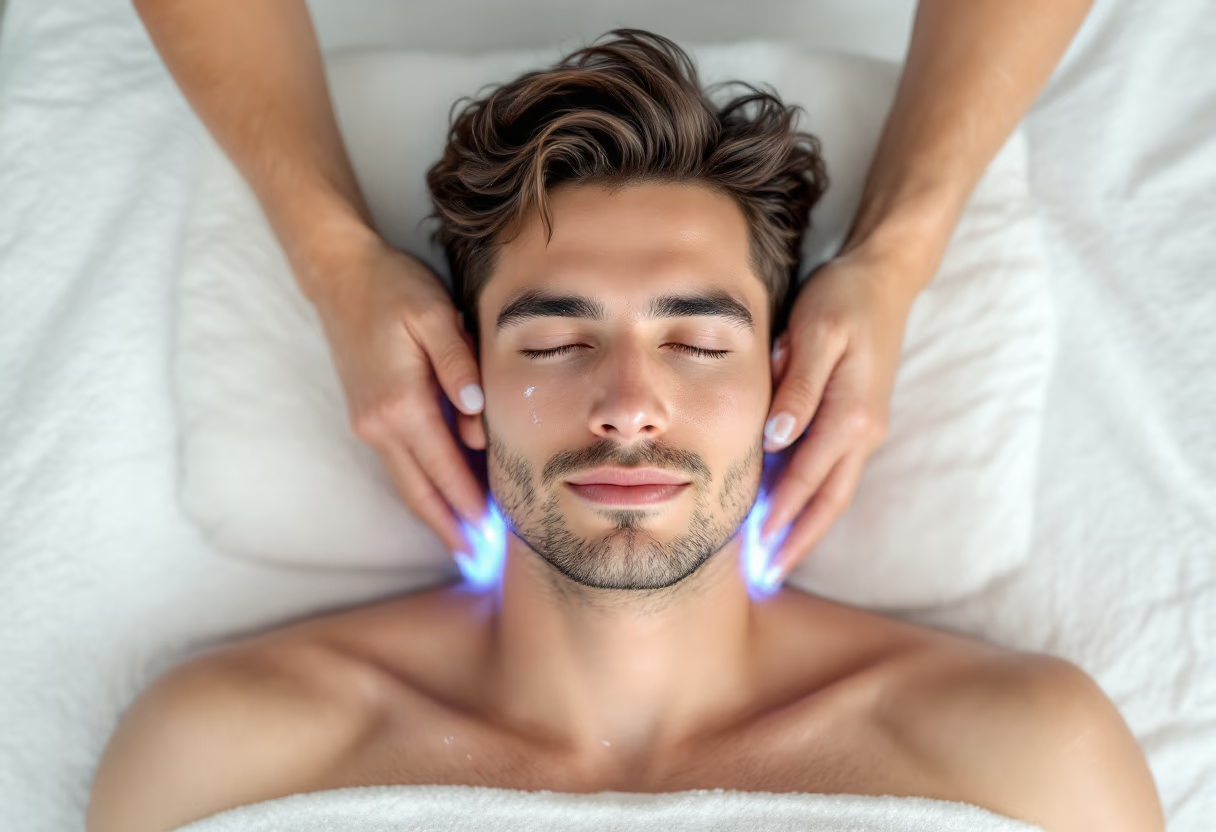
20 Years of Producing the Highest Quality, Most Reliable, and Effective LED mask.
Discover everything about ODM LED face mask manufacturing. Learn how to create custom light therapy devices, choose reliable suppliers, and launch your private label skincare brand successfully.

The LED face mask market has experienced explosive growth, with the global LED therapy market projected to reach $1.8 billion by 2027.
For entrepreneurs and established beauty brands alike, ODM (Original Design Manufacturing) LED masks present an incredible opportunity to enter this lucrative market with customized, high-quality products that bear your brand name.
ODM LED mask manufacturing allows businesses to work with experienced manufacturers who design, develop, and produce LED face masks according to specific requirements.
Unlike private labeling (where you simply rebrand existing products), ODM partnerships give you full control over product design, features, and compliance — while leveraging the manufacturer’s expertise and production capabilities.
✅ ODM partnerships ensure you receive FDA-cleared and CE-certified devices that meet international safety standards — without the massive investment typically required for in-house R&D and facilities.
Different wavelengths target different skin concerns:
📖 See studies on PubMed confirming LED therapy efficacy.
Modern ODM masks often combine multiple wavelengths, letting users tailor treatments.
👉 The home-use LED device segment is growing at 15% annually, fueled by consumer demand for professional-grade treatments at home.
ODM allows creative flexibility, including:
Manufacturers handle:
ODM partners ensure compliance with:
Look for:
Advanced Light Therapy
User Experience
Safety Features
📌 Build credibility with:
Compliance requires audits, surveillance, and reporting.
Investment
Returns
📖 See Harvard Health on light therapy benefits.
ODM LED mask manufacturing is a high-potential opportunity in the booming light therapy market.
To succeed:
